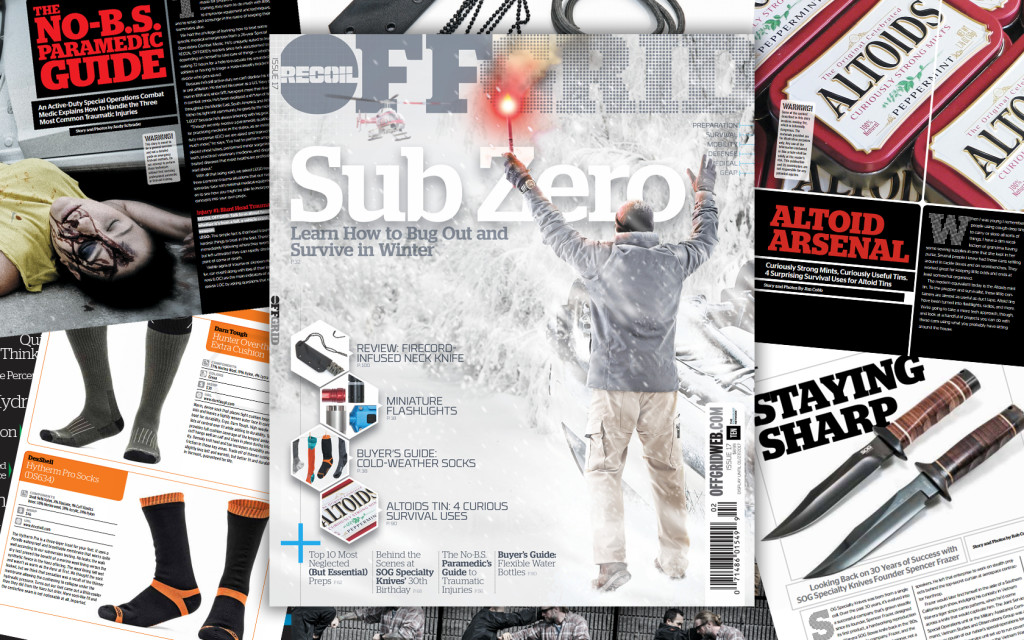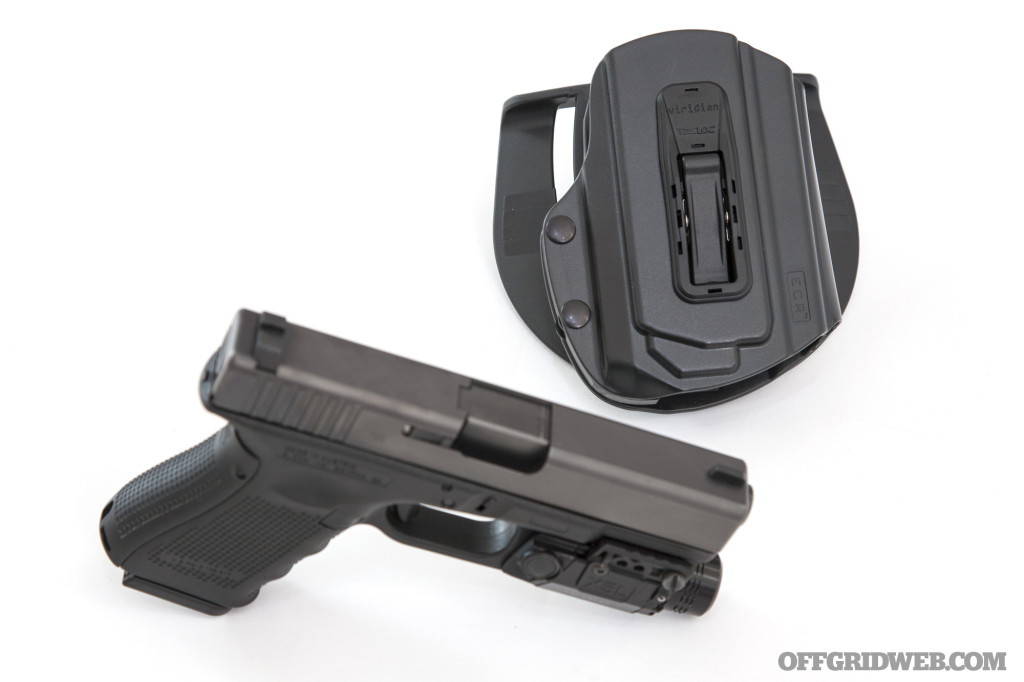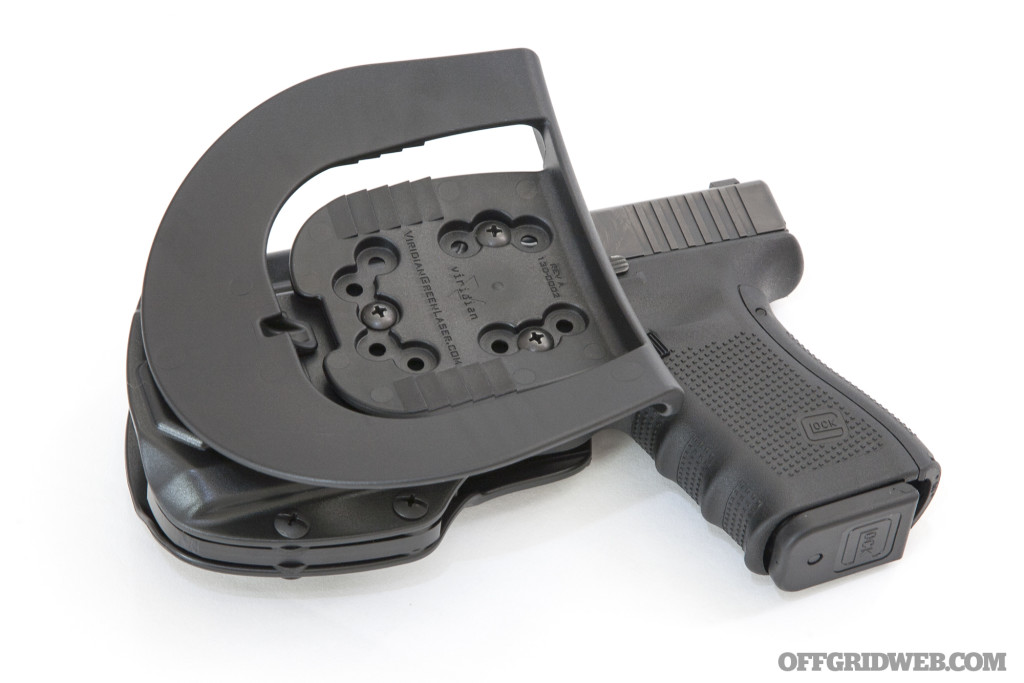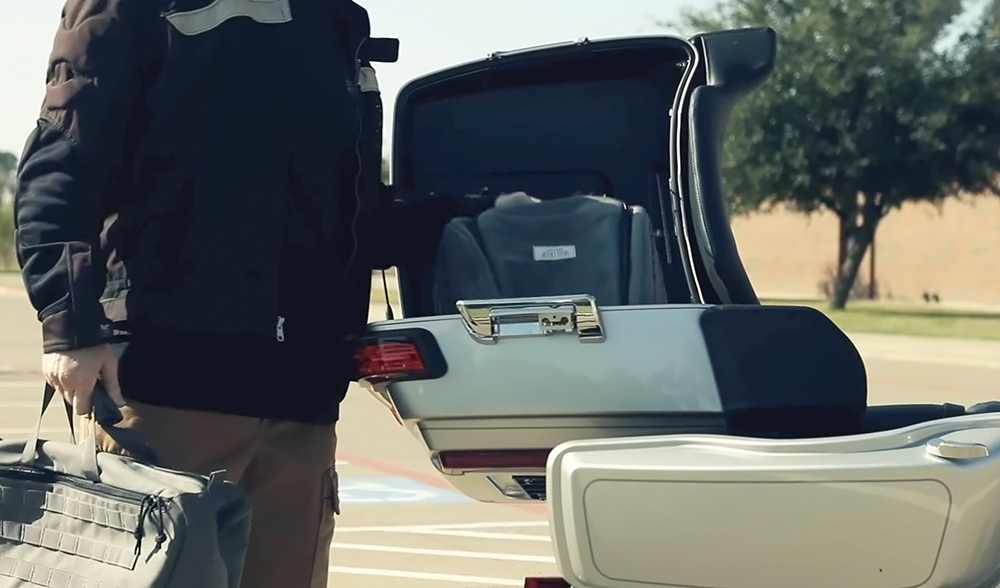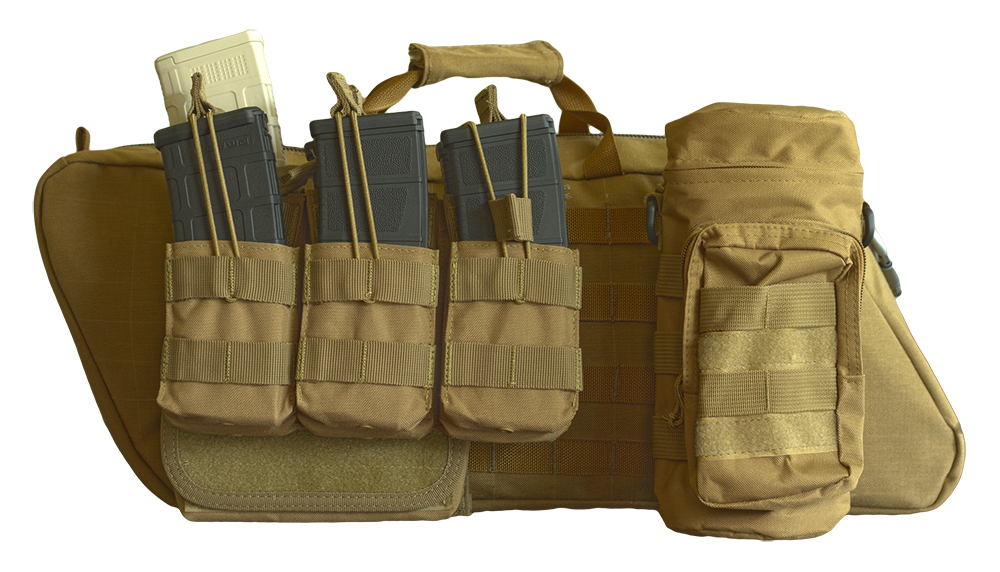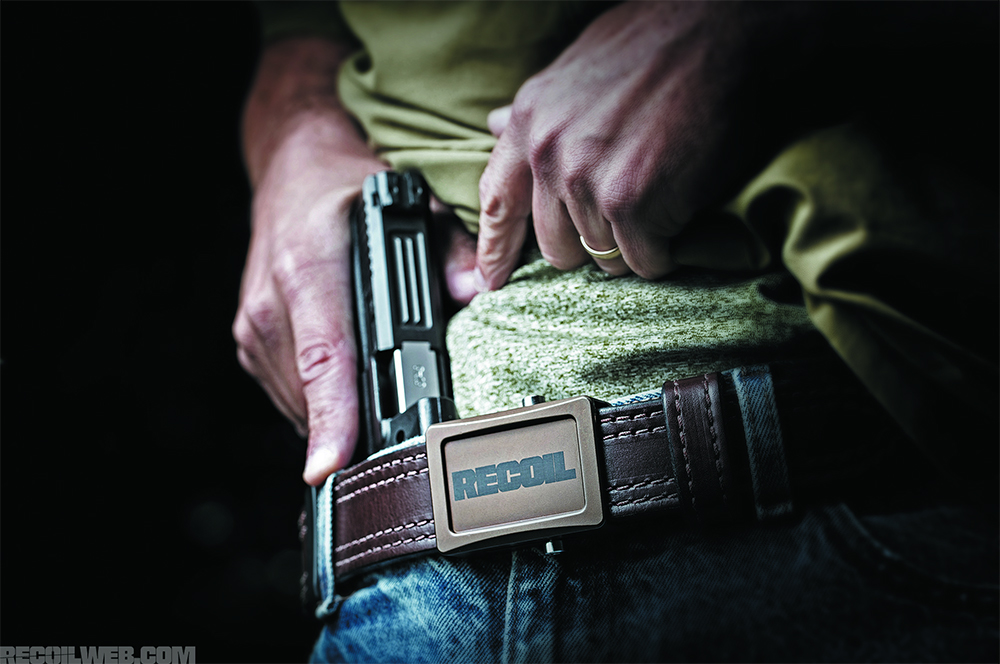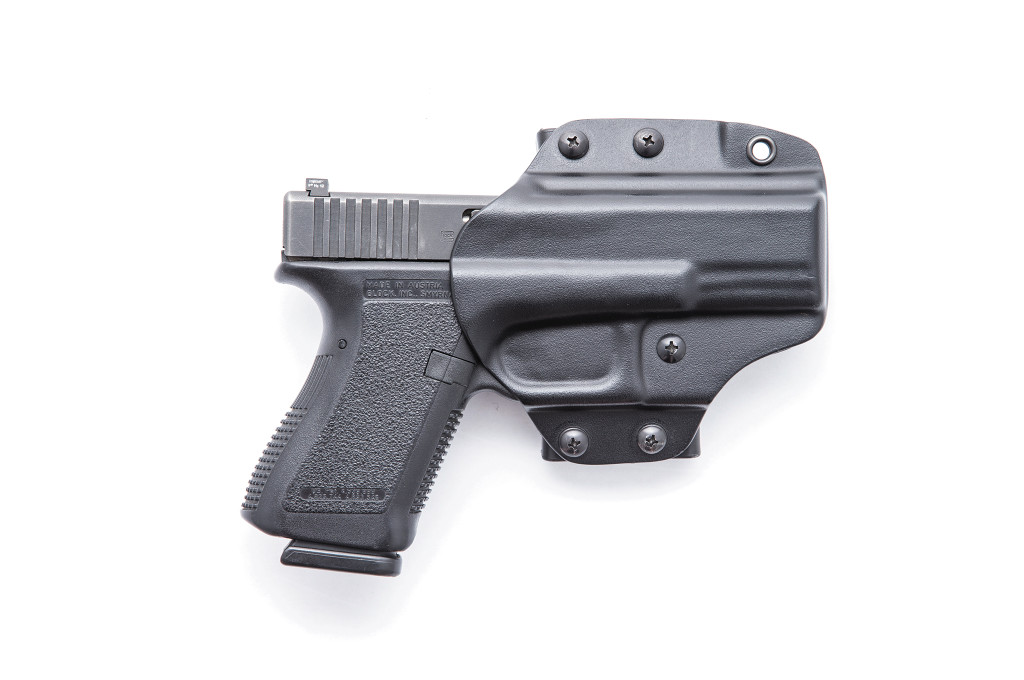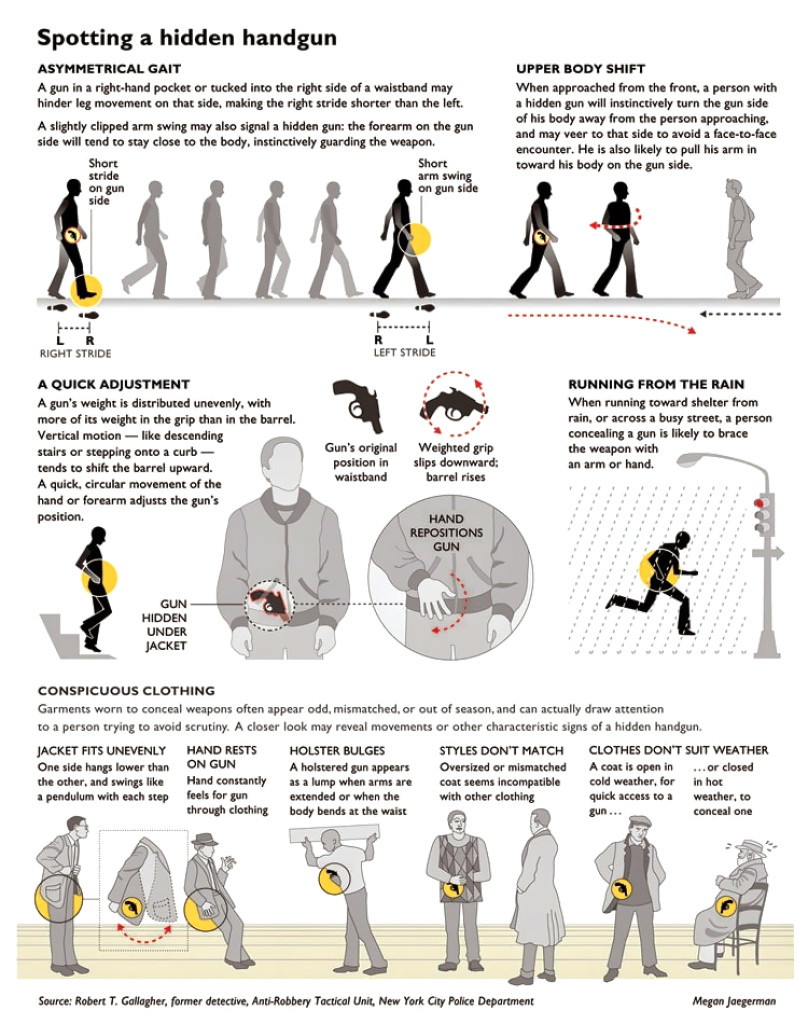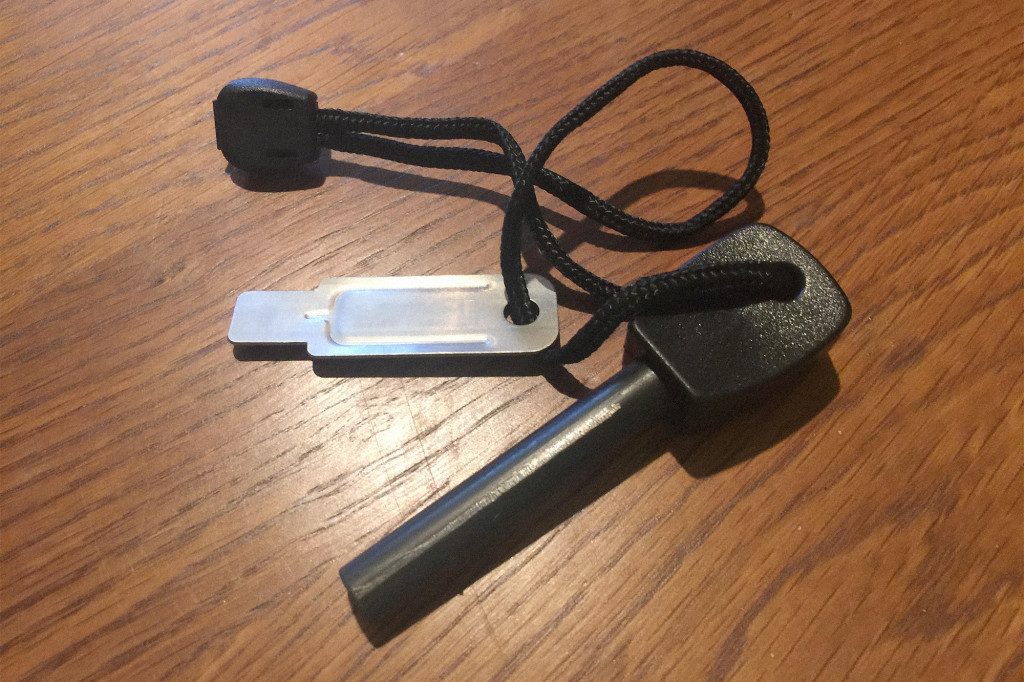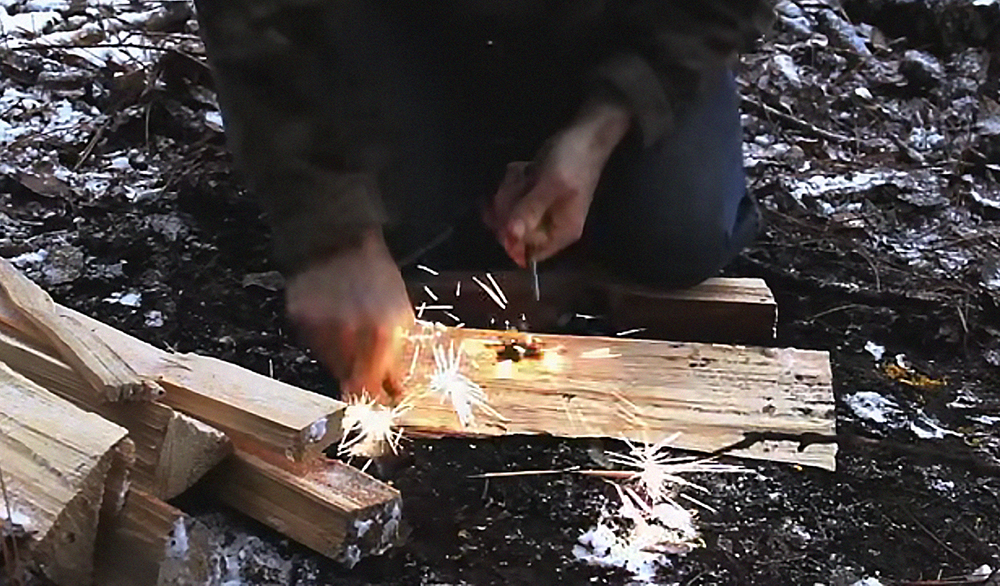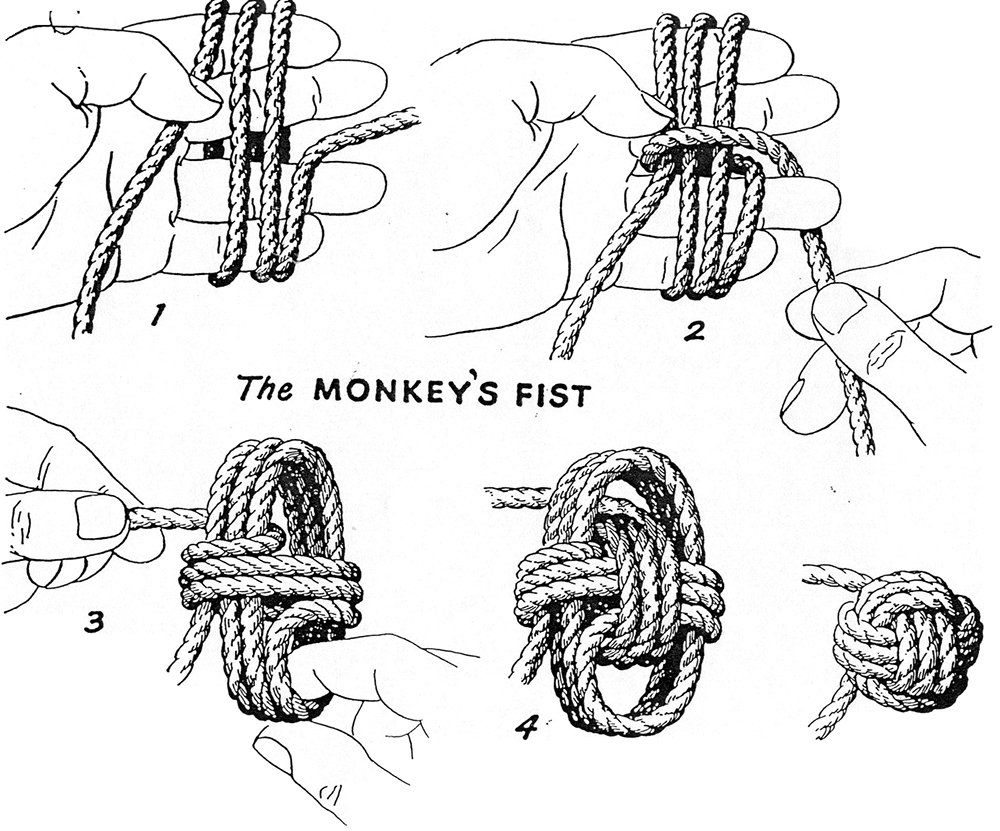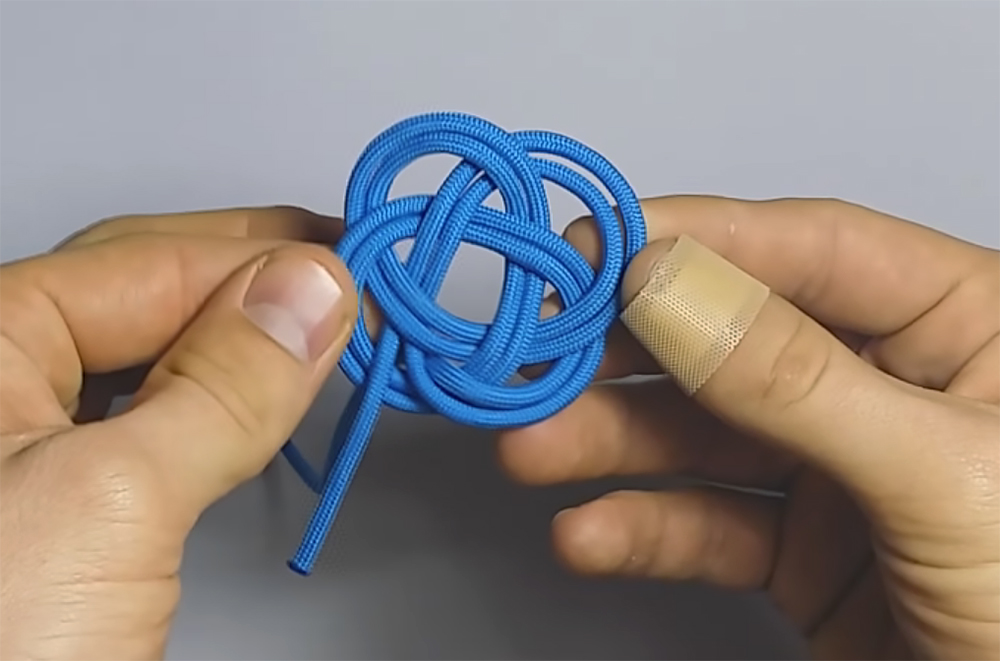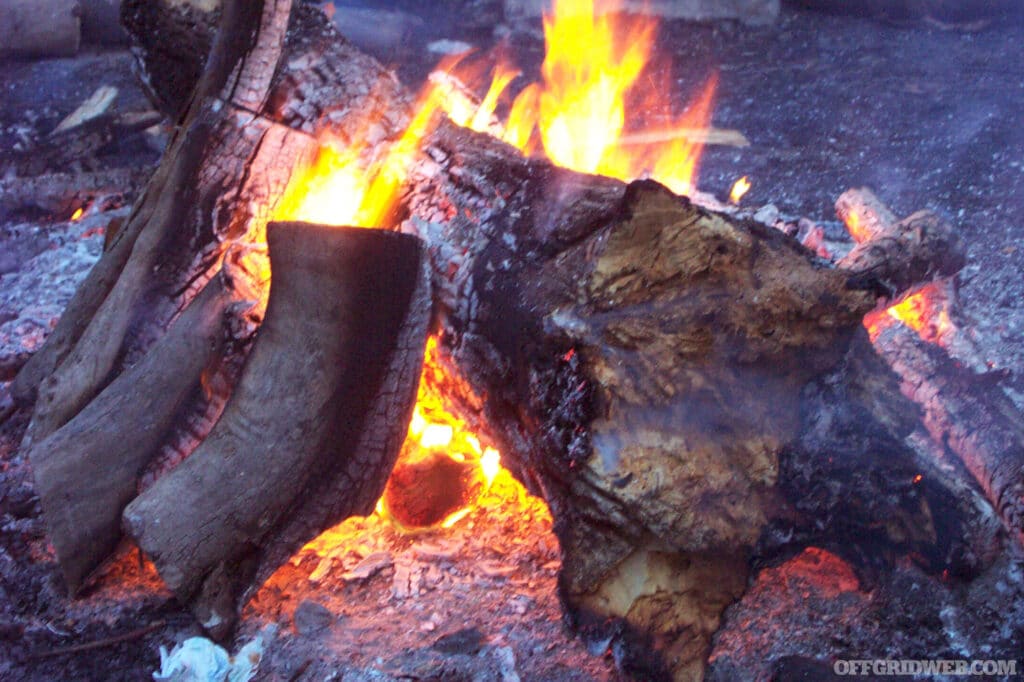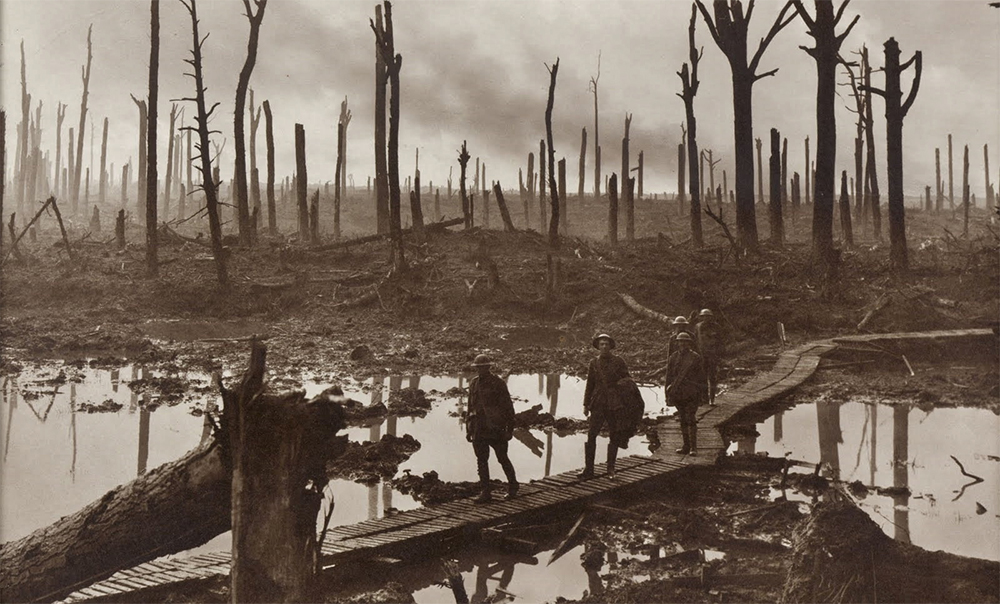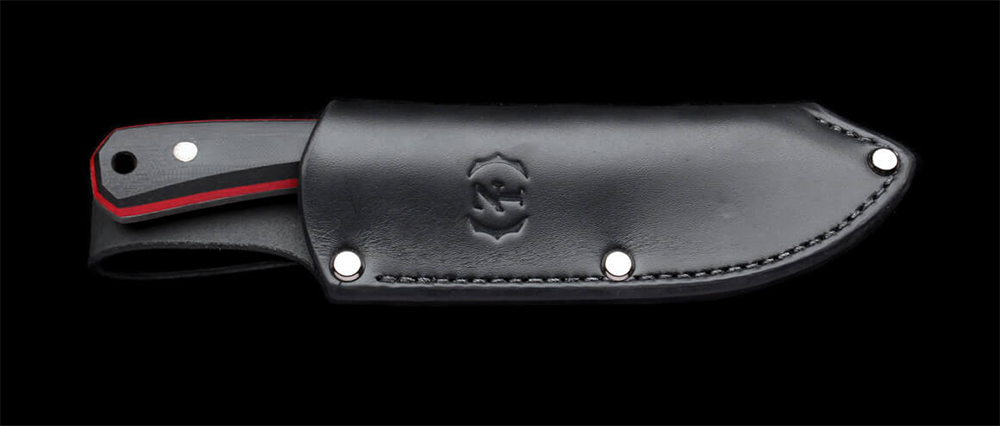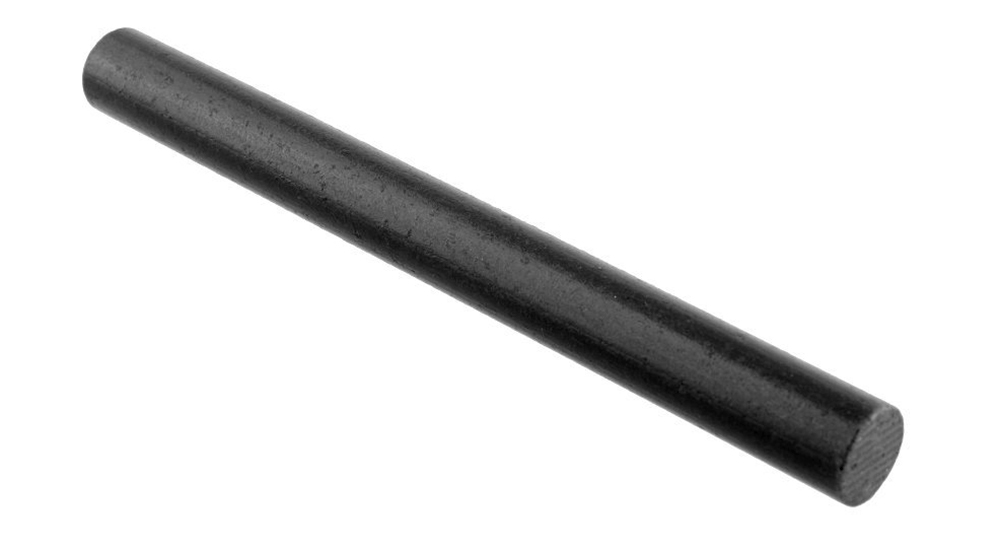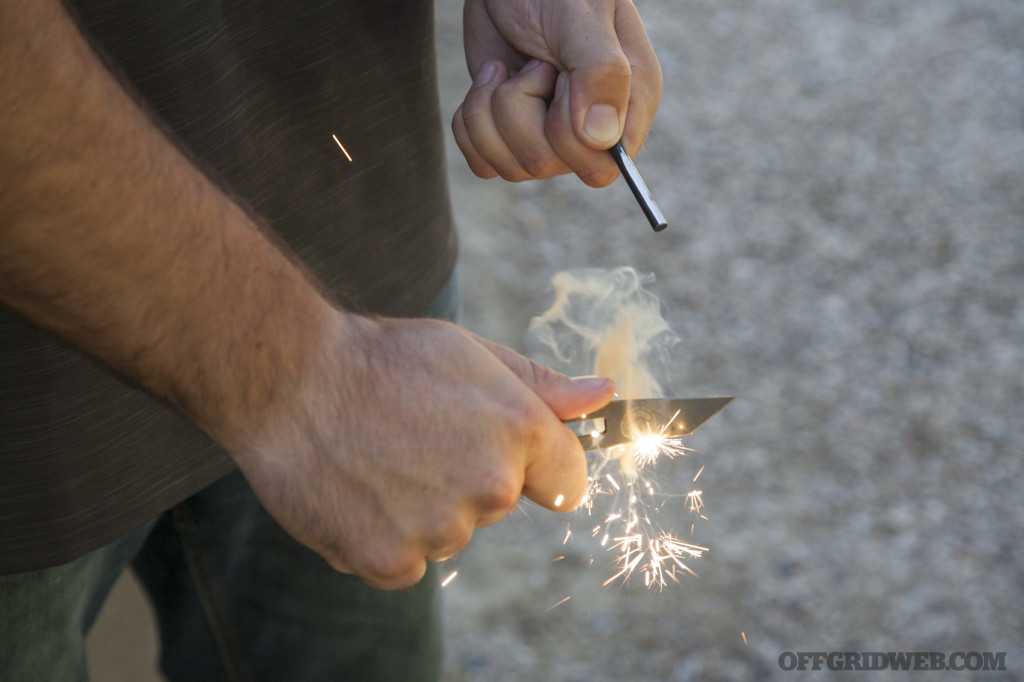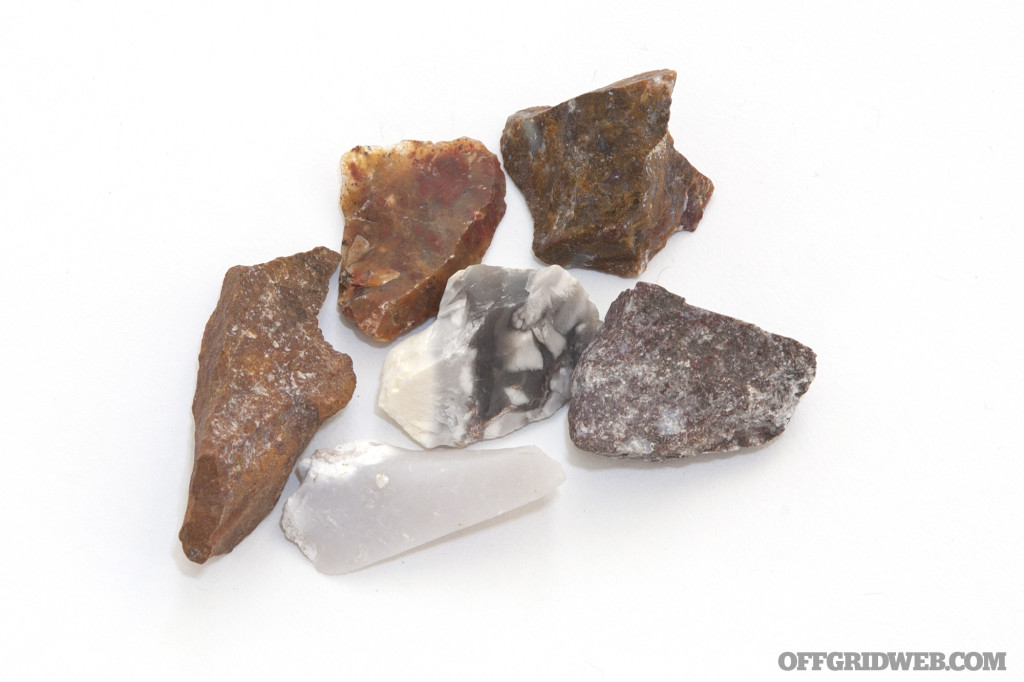Disclaimer: This story is not a detailed guide on emergency first-aid methods. Do not attempt to perform these techniques without first receiving professional paramedic or first-aid training.
Editor’s Note
In Issue 17 of the print edition of RECOIL OFFGRID magazine, we presented an exclusive interview with “LEGO,” an active-duty special operations combat medic who shared his experience with contributor Andrew Schrader. In that interview, titled “The No-B.S. Paramedic Guide”, LEGO conveyed how to handle the three most common traumatic injuries: blunt head trauma, blunt abdominal trauma, and penetrating trauma. Pick up a copy of Issue 17, on shelves starting December 2nd, 2016, to read the full article.
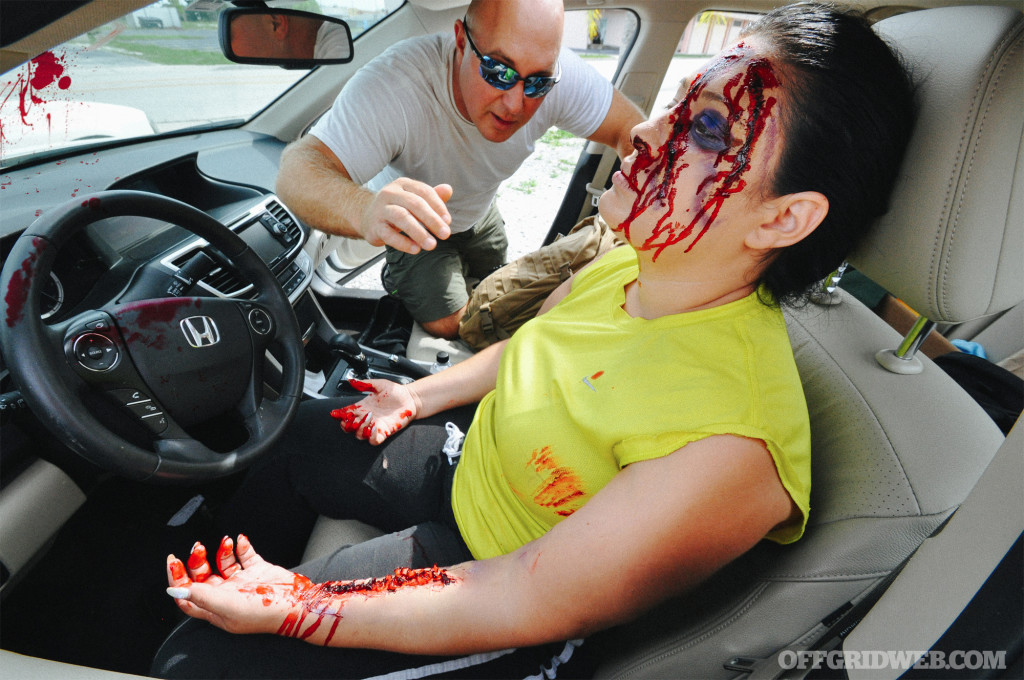
Because LEGO is still active-duty we can’t disclose his identity or unit affiliation, but we’ve confirmed that he has been deployed a sh*t-ton of times in various combat zones throughout the world. As a supplement to that feature, we’re presenting two more of his harrowing adventures and the lessons preppers can learn from them.
Blunt Abdominal Trauma
One crush injury I worked on happened when the road gave way and one of our HMMWVs (High Mobility Multipurpose Wheeled Vehicle) rolled off a canal bank. Luckily the mud bank was soft enough that he didn’t get pinched in half. If it weren’t such a serious situation, it would have been comical seeing him pressed into the mud like Wile E. Coyote.
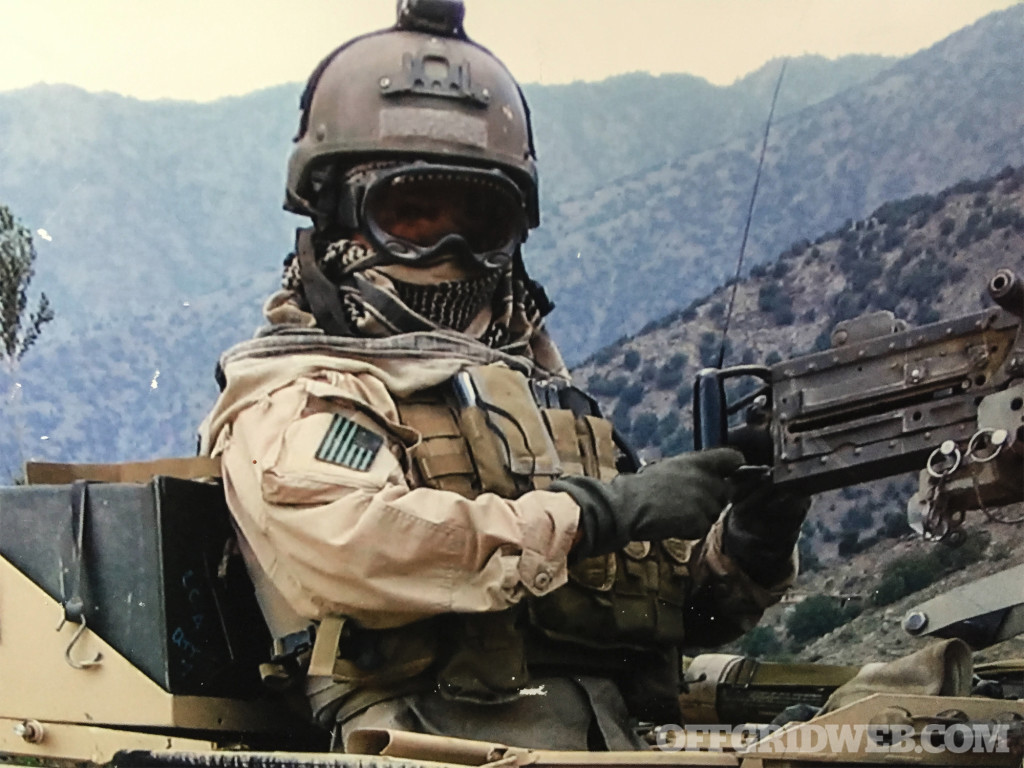
“Medevac was a good one to two hours off.”
With any injury, you have to assess the airway, breathing, and circulation first. You always want to establish baseline vitals. These help you identify how bad off they are and if your treatments are working. In my case, the individual had broken ribs and had internal bleeding. I took baselines and called in for medevac. In your case, you would have someone call 911 while you continue to treat. The earlier you can get help to you, the better his or her chances for survival.
Since we weren’t on target yet, medevac was a good one to two hours off.
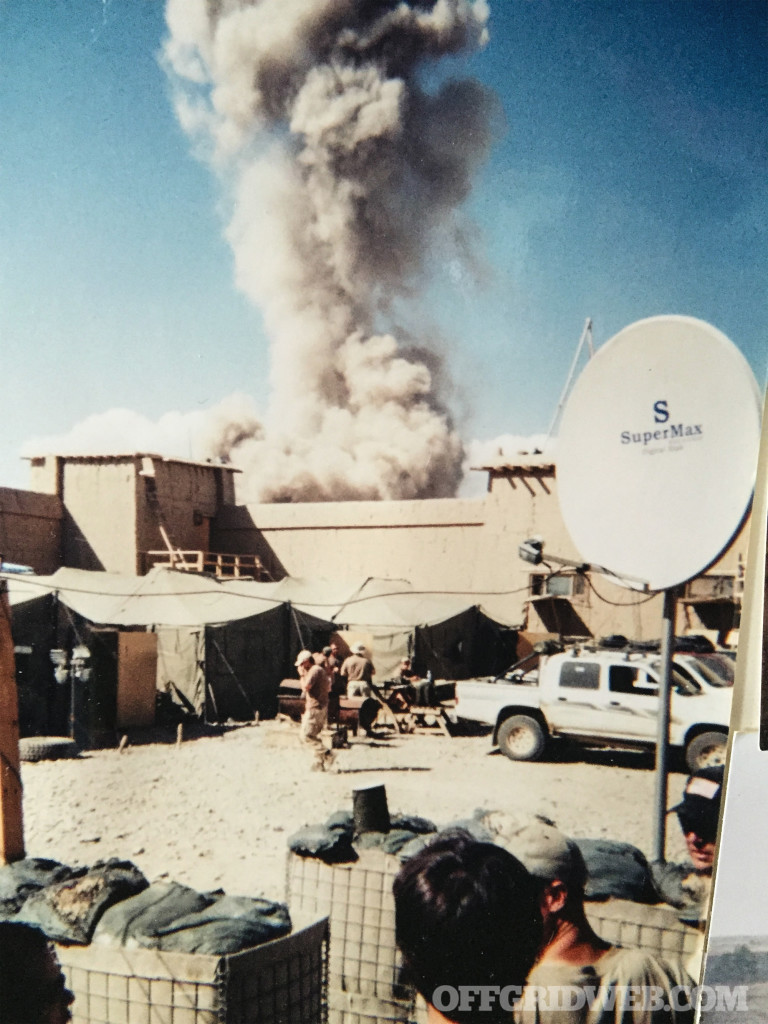
Once I checked that his airway was fine — I could tell by the screaming — I started addressing circulation. When you know medevac can be delayed, blood can become more important than everything else because you can’t get it back. If it’s going to be more than an hour, address flowing bleeding first, even if it’s simply slapping on a tourniquet and converting it to a pressure dressing later.
After I put a quick dressing on his visible bleed, I addressed his breathing. I noted it was starting to become labored, and as I checked his ribs I noted that several were broken. He had what we call a flail chest. That’s where three or more ribs are broken in two or more places. It has a very distinct look; the section that is fractured moves opposite of the rest of the ribcage during breathing.
To address breathing, I put a small 500ml IV bag over the fracture portion and then wrapped it in ACE wrap. With any kind of fracture you want to limit movement by splinting it. The weight on the flailed section prevents it from moving and causing more damage (i.e. more bleeding). You can use duct tape or ACE wrap too if that is all you have. (Editor’s note: We’ve been told that MRE bags also work well for this purpose, as well as for sealing sucking chest wounds.)
Head Trauma
I’ve had several instances where I’ve had to deal with head trauma in the field. Everything from HMMWVs rolling over to treating blast injuries that threw people to the ground. But the one that sticks out in my head where I made a critical difference was where a teammate peeled off a fast rope and fell out of a helo [helicopter] head first, burning into the ground like a lawn dart from 25 feet up.
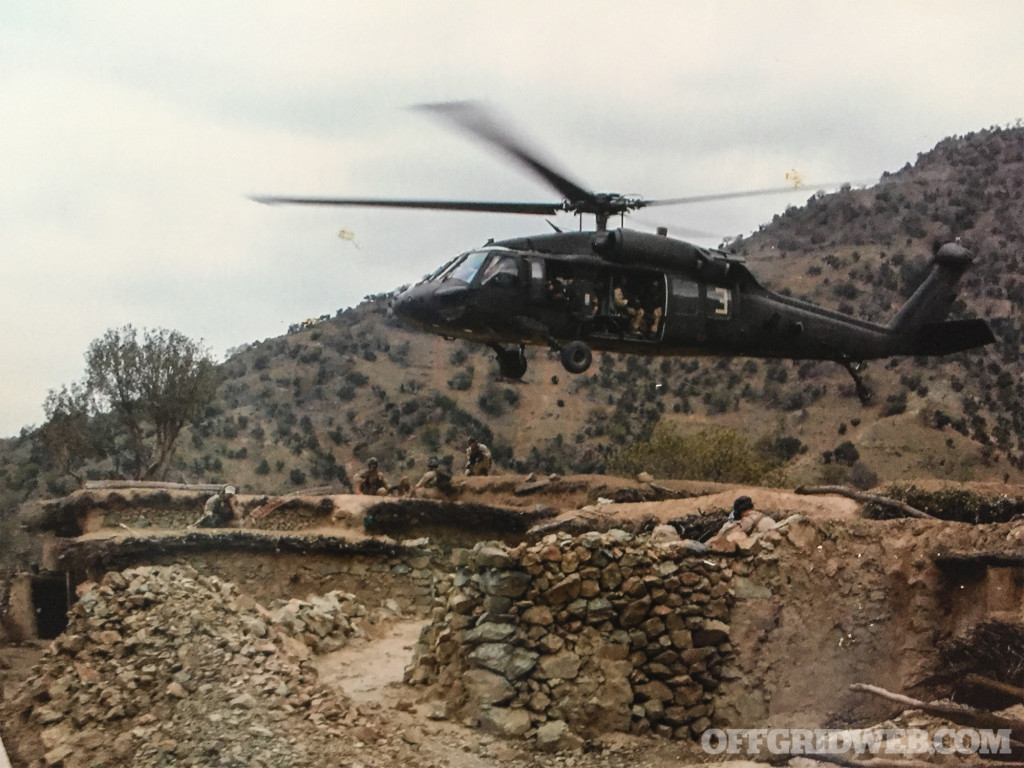
He was completely unconscious by the time I got to the ground, and I noticed when I reached him that he hit hard enough to crack his Pro-Tec helmet. With smelling salts he came to and was alert. He kept telling me he was fine and he answered all of my questions without any problems. As a precaution, I stabilized his spine and put him on oxygen. Oxygen, if you have it, helps reduce swelling.
“as the brain swells the patient will get agitated.”
We were a good hour drive from the nearest hospital and the helos had already left because they were out of fuel.
At first my focus was on his spine, but after a detailed neurological exam I could see that wasn’t an issue. It was only because of the constant level-of-consciousness checks I provided that I was able to start identifying a problem.

He started to get combative, almost like the questions and treatments were frustrating him. This is a huge sign you have an issue because as the brain swells the patient will get agitated. He was now only correctly answering two or three questions of the simple questions I had been asking him. I upped the O2 and changed his positioning so that his head remained above his heart. When I got to the E.R. the nurse seemed lethargic given the urgency of the situation. Even though I was stomping my feet and trying to relay the fact he was decompensating, they had not even called the doctor over yet. I was pissed at the lack of urgency.
I made such a fuss that a passing surgeon in the hallway stopped and came into the room just in time to see my teammate go from answering the nurse’s questions to going into a full seizure. It just so happened that the doctor passing by happened to be the only neurosurgeon in the country and was seconds from leaving to get on a flight out.
After surgery and an induced two-week coma, he recovered fully. In short, by doing what I could do to reduce swelling and recognizing the shift in condition from his baseline, along with the ability to convey the information, was the key that saved his life. The doctor told me later that my teammate was 10 minutes from never waking up again.
The next time I saw him, he was getting out of the military to become a preacher. I guess he saw the light.

